
Fairytrail Bride Cascade hydrangea
Maxing out at only 4 feet tall and wide, this shrub can be used in nearly any size space —even in a pot.
IT’S HARD TO BEAT THE SPECTACULAR FLOWER SHOWS OF GRANDMA’S FORSYTHIA, WEIGELA AND OTHER OLD-FASHIONED SHRUBS.
Fast-growing, long-living and tough as nails, they’re generally untroubled by insects, disease or even deer. There’s just one problem: They’re too big for today’s gardens! Most reach 8 to 10 feet tall and wide, making them fantastic solo specimens in a landscape or as a hedge but oversized for most beds or pots.
This is where plant breeders come to the rescue. Thanks to their work, you can enjoy downsized versions—half-size or even smaller. New varieties also offer longer bloom periods, reblooming or colored foliage that appeals from spring to fall. “A big part of my job is just keeping up on what those plant breeders are up to!” says Georgia Clay, a new plants manager for Monrovia. “We trial and evaluate thousands of varieties from all over the world and bring to market only the very best performers.”
“We want to introduce plants that growers and gardeners ask for,” adds Natalie Carmolli, an advertising and public relations specialist for Proven Winners. “We work with independent breeders across the country and abroad, and with our inhouse breeders to create plants. From breeding to introduction, the entire process can take up to 10 years.”
So give a nod to Grandma, thank the behind-the-scenes breeders and try a few new varieties in your own garden. All of these options thrive in Zones 5 to 8 or 9.
FORSYTHIA
Denne historien er fra August/September 2021-utgaven av Birds & Blooms.
Start din 7-dagers gratis prøveperiode på Magzter GOLD for å få tilgang til tusenvis av utvalgte premiumhistorier og 9000+ magasiner og aviser.
Allerede abonnent ? Logg på
Denne historien er fra August/September 2021-utgaven av Birds & Blooms.
Start din 7-dagers gratis prøveperiode på Magzter GOLD for å få tilgang til tusenvis av utvalgte premiumhistorier og 9000+ magasiner og aviser.
Allerede abonnent? Logg på
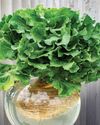
Basics of Hydroponics
Use these top tips and plant picks to have a successful soil-free garden
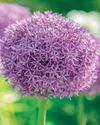
Rooted in Resilience
These hardy perennials will thrive in most zones
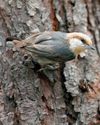
Social and Supportive
Brown-headed nuthatches take a helpful approach to raising their young

All About Owl Pellets
And why you should give a hoot about them
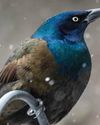
Ask the Experts
Advice from our pros about houseplants, bird feeding and more
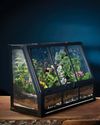
BRING THE OUTDOORS IN
Making a terrarium is about as close as you can get to a Zen DIY project. Once you have gathered the proper materials and squared away your plant selections, it's as simple as layering it all together and watching your mini ecosystem thrive. Here, I'll walk you through my foolproof process and cover all the required elements for good filtration, healthy soil, strong root growth and resistance against fungus and disease.

GROW THIS. NOT THAT
Six easy-to-grow houseplants—and six that may not be the right choice for you
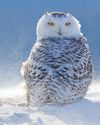
Winter MAGIC
Forecasts may be frigid, but grab your binoculars because birding opportunities are still incredible

Sense or Nonsense? - Why some birds can taste and smell - but others can't
Does a porcelain berry taste like a blueberry to a gray catbird? Does a block of lard smell like frying bacon to a northern flicker? The short answer is no. While some avian species do have a well-adapted sense of taste or smell, they can't distinguish between flavors and odors the way humans can. They're not picking up every ingredient in the suet you put out, says José Ramírez-Garofalo, an ornithology researcher at Rutgers University in New Jersey and the director of Freshkills Biological Station in Staten Island, New York.
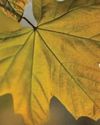
Maple Mania - Amazing facts about this fall foliage mainstay
Amazing facts about this fall foliage mainstay